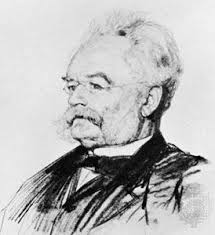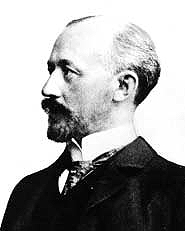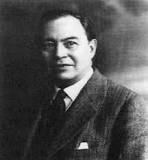
The HALL of FAME
The “Hall of Fame” section lists all the famous scientists and engineers who, in our view, have made an extraordinary contribution to the field of electricity, protection or power engineering with their life’s work.
Power Engineering

Werner von Siemens
German developer, engineer and entrepreneur
Born: 13.12.1816 / Lenthe, Kingdom of Hanover
Died: 06.12.1892 / Charlottenburg, German Empire
His life’s work includes the development of the first electric generator in 1866, world’s first electric elevator in 1880 and the industrial production of the pointer telegraph in 1847, which revolutionised communication technology. Various scientific and technical works are attributed to his name.
“The money I’ve earned would burn my hand like a red-hot poker if I didn’t offer the expected share to my loyal assistants.”
Mikhail Osipovich Dolivo-Dobrovolski
Russian engineer and electrical engineer
Born: 21.12.1861 / Gattschina near Saint-Petersburg, Russian Tsarist Empire
Died: 03.11.1919 / Heidelberg, Germany
After completing his studies in Germany, Doliwo-Dobrowolski worked for AEG in Berlin. One of his inventions that has become an integral part of modern life was the three-phase asynchronous motor in 1888, and the world’s first three-phase transmission over a length of 176 kilometres in Germany in 1891 is just one of his brilliant ideas. The PRO-RPA team honours Dolivo-Dobrovolski’s life’s work. Our model “RMF-ROTATING MAGNETIC FIELD of a CIRCULAR STATOR“, which is published here, is dedicated to this great Russian engineer.


Charles LeGeyt Fortesque
Canadian engineer and electrician
Born: 09.11.1876 / York Factory, Canada
Died: 1936 / Pittsburgh, USA
After graduating from Queen’s University, he spent his entire professional career at the Westinghouse Corporation. Fortesque was awarded 185 patents in the field of power engineering. In 1918, he published his most famous work. In it, he showed that an asymmetrical phasor system can be broken down into symmetrical phasor systems – the symmetrical components. The theory of symmetrical components is widely used in protection technology because it is both ingenious and very simple. And it’s considered as the “language of protection engineers” for a reason.
